A history of BA1, the (scrapped) London City to New York JFK flight
Links on Head for Points may support the site by paying a commission. See here for all partner links.
Back in 2020, as airlines across the world moved to shore up their finances in the face of the pandemic, British Airways announced the discontinuation of BA1, the all-business class flight from London City Airport to New York JFK.
BA1, often affectionately known as the ‘babybus’ since it was operated by the only A318 in the British Airways fleet, offered a unique transatlantic experience – ‘Club World London City’.
We published a version of this article at the time of the closure announcement. I thought, almost four years later, it was worth dusting off for the benefit of readers who may never have flown on it – or perhaps not even heard of it.
The writing was already on the wall for BA1 before the pandemic. A year earlier, Rob wrote this speculative article in which he said that
“if you want to fly it, I would try to do it sooner rather than later, because it may not be around for long.”
The limitations of operating at City Airport, the tired seats, the lack of ‘real’ inflight entertainment, the continued rollout of Global Entry and the forthcoming opening of what would become the Elizabeth Line meant that a direct New York service from London City was losing its USP.
A brief history of BA’s all-business class BA1 flight
For many years, flight number BA1 was associated with the Concorde route from Heathrow to New York. This was not the flight number Concorde used when it entered service in 1977, however, and only began to be used in the mid eighties. BA3 and BA4 were used for the second pair of daily Concorde flights.
In 2003 Concorde was retired and the BA1 flight number was retired with it.
In the mid noughties, a number of small new airlines launched dedicated business-only flights between the US and Europe. Eos and Maxjet operated flights from Stansted to New York, Las Vegas and Los Angeles. At the time, both Lufthansa and SWISS also operated premium-only flights to the Big Apple from mainland Europe.
This caught the attention of Virgin Atlantic, which in 2007 boldly announced its intentions to launch what The Times called an ‘elite fleet’ from European airports to the US. According to a spokesman at the time, the flights would ‘certainly’ be operating within eighteen months of the announcement with a subfleet of 15 aircraft.
That never materialised, of course. The financial crisis meant that business travel was depressed, and Virgin Atlantic put its plans on ice. That didn’t stop British Airways, which announced plans to launch a rival all-business class flight from London City to New York JFK.
British Airways bought two new Airbus A318 aircraft to serve the route and fitted them out with 32 seats in a 2-2 seat arrangement.
For whatever reason – perhaps aircraft width or seat weight – BA chose not to use its yin-yang Club World seat but introduced an entirely new seat that was all forward facing.
Due to take-off restrictions at London City Airport (Canary Wharf is directly in front of the runway) the A318 was not able to take-off with a full tank of fuel: the weight would prevent it from being able to climb steeply enough. This meant that the aircraft had to make a 40 minute refuelling stop in Shannon on the outbound.
At the time, Shannon was one of the few airports outside the US to offer a US customs and immigration service. This allowed travellers to clear the US border in Ireland and land in New York JFK as domestic passengers. This saved considerable time given the queues that US customs and immigration were renowned for.
The return flight was direct as there were no take-off restrictions. Landing into London City required a particularly steep approach for which the aircraft was modified and pilots specially trained.
The flights launched twice daily in the middle of a global recession in 2009 bearing flight numbers BA1, BA2, BA3 and BA4. For a long time, in addition to its unique Club seats, the flights also enjoyed catering which was significantly better than what you would have got from Heathrow. Passengers loved it.
(The fact that the flight earned 210 British Airways Executive Club tier points each way, compared to 140 each way in Club World out of Heathrow, didn’t hurt either.)
Although London City has no lounges, British Airways turned the departure gate into a ‘mini lounge’ and offered an arrivals service at the (not quite so) nearby Radisson Edwardian hotel.
Gradually, BA’s Heathrow services caught up. Improvements in catering meant that BA1 no longer enjoyed this advantage, and the US began rolling out Global Entry which expedites customs and immigration for frequent travellers to the US.
British Airways stopped catering at the departure gate, instead offering passengers a voucher to spend at Pilot’s restaurant. As Rob found out on his 2019 trip, however, if you were travelling with just hand baggage and were unwilling to queue at the check-in desks, you did not get a voucher. The ‘arrivals lounge’ was also closed.
In 2016, the second daily flight was scrapped and one of the two A318 aircraft sold to Titan Airways. The remaining flight was cancelled at the start of the pandemic and not reinstated. In May 2022 the Elizabeth Line opened, creating a fast route from Canary Wharf to London Heathrow and killing any remaining prospects of BA returning to the route.
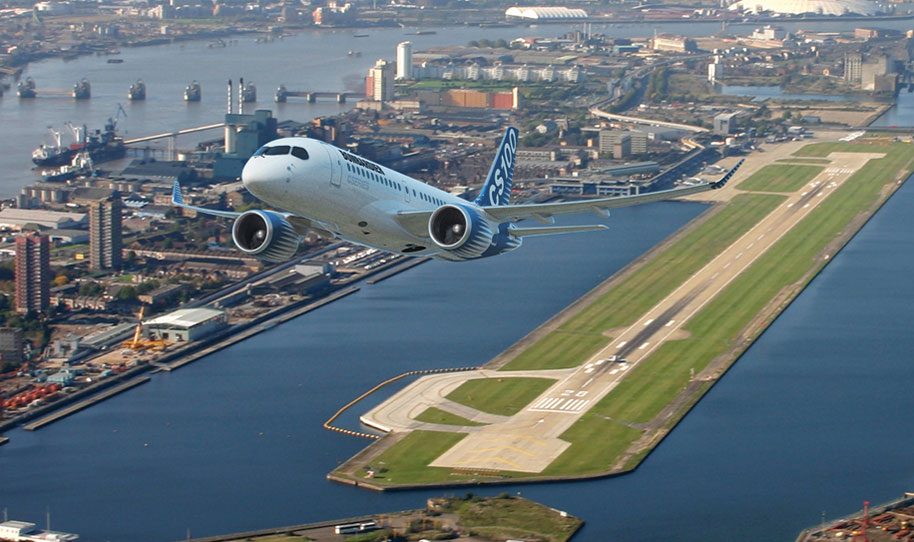
Gone but not forgotten
The story doesn’t have to end here, however. Whilst the A318s used by British Airways were getting old and in need of refurbishment, a newer generation of aircraft is offering a better passenger experience and better flying performance.
The A220, now marketed and owned by Airbus but developed by Bombardier, leaves the door open for a New York service from City Airport. It is the largest aircraft to be certified for operations at London City and can carry 100-150 passengers in a typical layout. It has already operated test flights with an all-business configuration between London City and New York, and can fly the distance without a refuelling stop.
It is likely, as Airbus ramps up production of the A321LR and A321XLR, that single aisle aircraft will become the primary method of travelling between the UK and New York. JetBlue is already flying them between the UK and the US East Coast, and Aer Lingus is flying them from Dublin to multiple US cities.
The maths should be attractive enough for most UK airports to support daily transatlantic flights on a single aisle A321LR / XLR, and it must only be a matter of time before someone else attempts an ‘all business class’ service from a London airport.

How to earn Avios from UK credit cards (April 2024)
As a reminder, there are various ways of earning Avios points from UK credit cards. Many cards also have generous sign-up bonuses!
In February 2022, Barclaycard launched two exciting new Barclaycard Avios Mastercard cards with a bonus of up to 25,000 Avios. You can apply here.
You qualify for the bonus on these cards even if you have a British Airways American Express card:
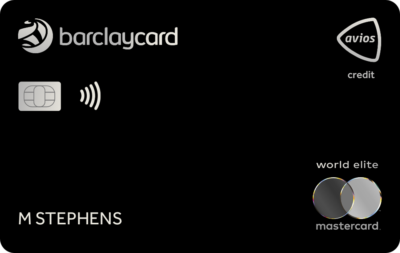
Barclaycard Avios Plus Mastercard
Get 25,000 Avios for signing up and an upgrade voucher at £10,000 Read our full review
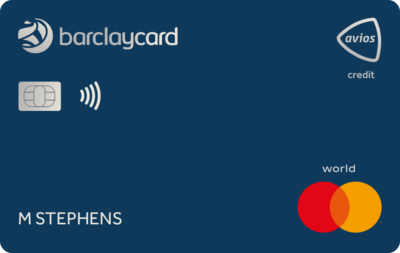
Barclaycard Avios Mastercard
5,000 Avios for signing up and an upgrade voucher at £20,000 Read our full review
There are two official British Airways American Express cards with attractive sign-up bonuses:
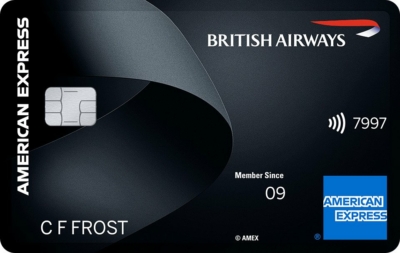
British Airways American Express Premium Plus
25,000 Avios and the famous annual 2-4-1 voucher Read our full review
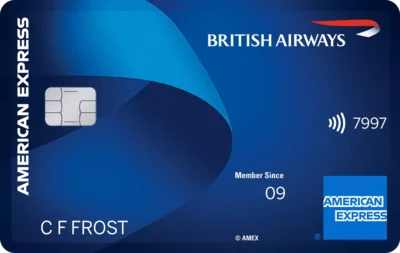
British Airways American Express
5,000 Avios for signing up and an Economy 2-4-1 voucher for spending £15,000 Read our full review
You can also get generous sign-up bonuses by applying for American Express cards which earn Membership Rewards points. These points convert at 1:1 into Avios.
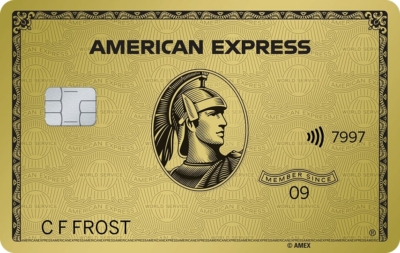
American Express Preferred Rewards Gold
Your best beginner’s card – 20,000 points, FREE for a year & four airport lounge passes Read our full review
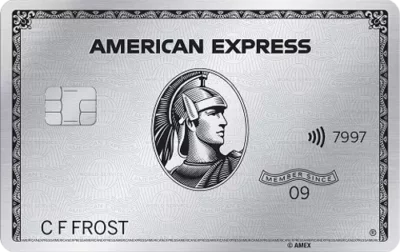
The Platinum Card from American Express
40,000 bonus points and a huge range of valuable benefits – for a fee Read our full review
Run your own business?
We recommend Capital on Tap for limited companies. You earn 1 Avios per £1 which is impressive for a Visa card, along with a sign-up bonus worth 10,500 Avios.
SPECIAL OFFER: Until 12th May 2024, the Capital on Tap Business Rewards Visa card is offering a bonus of 30,000 points, convertible into 30,000 Avios. You must have a Limited Company to apply. Click here to learn more and click here to apply.

Capital on Tap Business Rewards Visa
Huge 30,000 points bonus until 12th May 2024 Read our full review
You should also consider the British Airways Accelerating Business credit card. This is open to sole traders as well as limited companies and has a 30,000 Avios sign-up bonus.
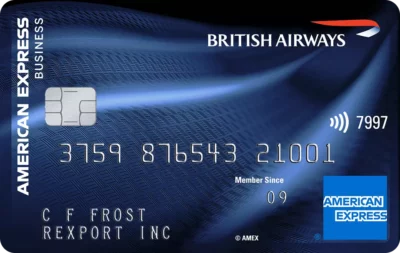
British Airways Accelerating Business American Express
30,000 Avios sign-up bonus – plus annual bonuses of up to 30,000 Avios Read our full review
There are also generous bonuses on the two American Express Business cards, with the points converting at 1:1 into Avios. These cards are open to sole traders as well as limited companies.
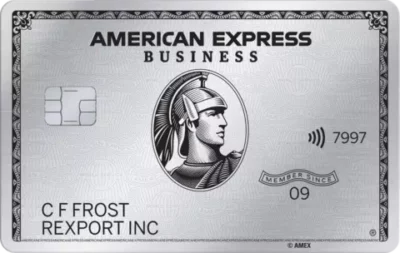
American Express Business Platinum
40,000 points sign-up bonus and an annual £200 Amex Travel credit Read our full review
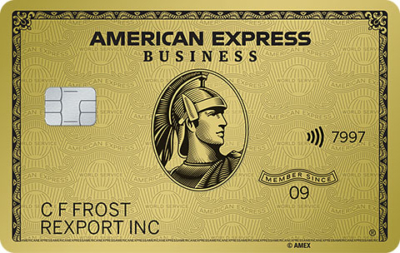
American Express Business Gold
20,000 points sign-up bonus and FREE for a year Read our full review
Click here to read our detailed summary of all UK credit cards which earn Avios. This includes both personal and small business cards.

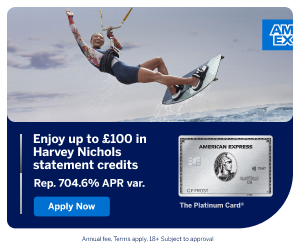

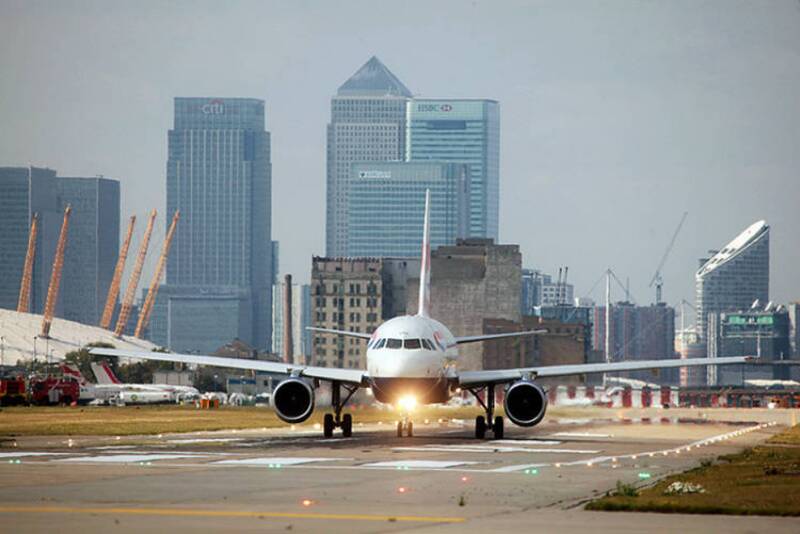
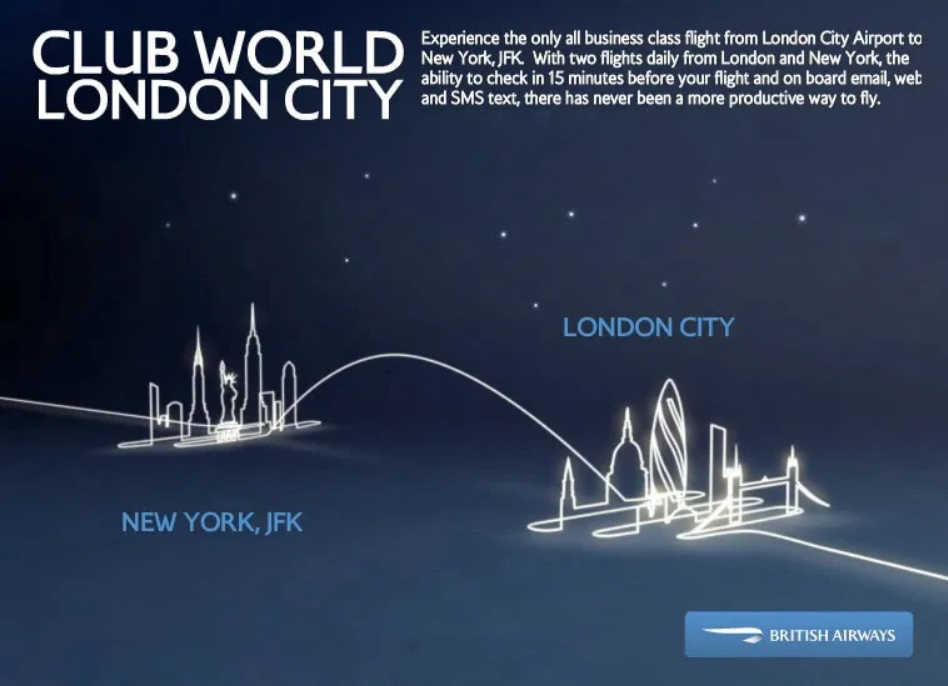
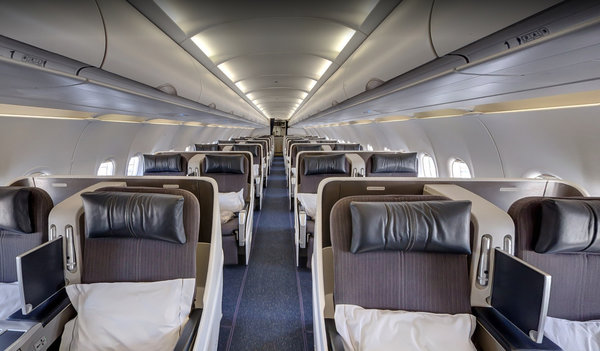
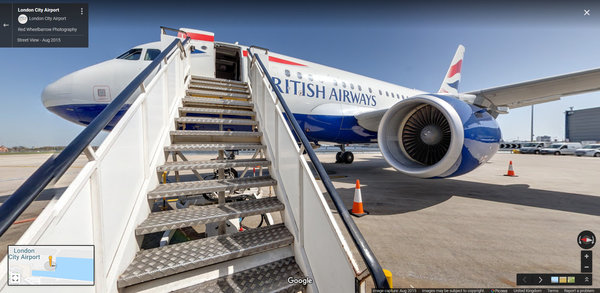






Comments (107)